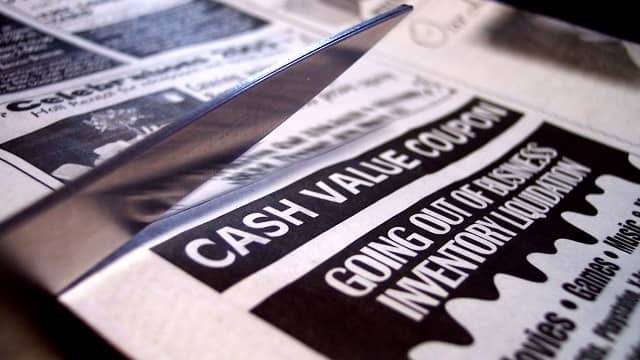
Introduction
The coupon—a modest piece of paper or digital code with immense power—has captured the imagination of marketers and consumers alike for more than a century. Beginning as a simple tool for attracting customers, coupons have transformed into complex digital assets influenced by technological innovations and changing consumer behaviors. This article aims to take an exhaustive look at the evolution of coupon codes, drawing upon historical milestones and exploring how the coupon landscape has shifted dramatically over the years.
Part I: The Birth of Coupons—1880s to 1950s
Traditional Paper Coupons
The inception of the coupon dates back to 1887 when Asa Candler, one of the founders of Coca-Cola, devised a marketing gimmick offering a free glass of Coke to those who presented a coupon. These were distributed through mail, magazines, and even inserted into soda bottles.
Statistics:
An estimated 1 in 9 Americans had redeemed a free Coca-Cola coupon by 1913, demonstrating the immense reach of this early coupon campaign.
Depression Era
Coupons took on a new role during the Great Depression, as financially strained households sought every opportunity to save money. Retailers and manufacturers began to offer coupons as a way to incentivize spending during these tough times.
Statistics:
During the Depression, coupon usage spiked, with roughly 65% of American families relying on them to help manage expenses.
World War Era
World War II changed the function of coupons from a marketing tactic to a government-issued rationing device. Citizens were given coupon books to acquire goods like sugar, meat, and fuel, which were in short supply.
Statistics:
An estimated 75% of U.S. households used ration coupons during World War II, illustrating how critical they became during periods of scarcity.
Part II: The Boom of Coupons—1960s to 1980s
Sunday Newspapers
By the 1960s, the Sunday newspaper had become the preferred vessel for coupon distribution. Major companies would pay to have their discount vouchers included in the weekend papers, betting on the widespread readership to drive sales.
Statistics:
In the late 1980s, around 65% of American households were clipping coupons from their Sunday newspapers, making it a weekend ritual for many families.
Direct Coupon Mailers
Valpak and similar companies initiated direct mail services in the 1970s. These services would send an envelope filled with an assortment of coupons straight to your mailbox.
Statistics:
By the late 1980s, Valpak was distributing approximately 20 billion coupons annually, indicating the effectiveness and popularity of direct-mail coupons.
Part III: The Digital Transformation—1990s to 2000s
Online Coupons
The digital revolution fundamentally altered the coupon landscape. Websites like RetailMeNot and CouponCabin began offering digital coupon codes, allowing consumers to seek out discounts actively.
Statistics:
At the turn of the millennium, around 25% of U.S. internet users had utilized an online coupon, a significant increase from just a few years earlier.
Mobile Coupons and Apps
Smartphones revolutionized how consumers interacted with coupons. With apps like Groupon and Honey, users could now find and redeem coupons directly from their mobile devices.
Statistics:
In 2010, a mere 7% of smartphone users reported using mobile coupons. By 2018, this figure surged to 40%, indicating the rapid adoption of mobile couponing.
Part IV: Modern Trends—2010s to Present
Personalization and Geo-Targeting
Advanced algorithms and real-time data analytics have enabled a higher degree of personalization in coupon marketing. Consumers are now targeted based on browsing history, past purchases, and even geographical location.
Statistics:
About 55% of consumers now expect personalized services, including tailored coupons, as a standard part of their shopping experience.
QR Codes and Digital Wallets
QR codes have streamlined the coupon redemption process, making it easier for both consumers and retailers. Digital wallets, such as Apple Wallet and Google Pay, have further simplified storing and managing coupons.
Statistics:
A recent survey indicated that 32% of consumers prefer saving digital coupons to their smartphones over printing them out, reflecting the convenience of new technologies.
Conclusion
From their humble beginnings as paper vouchers to the highly sophisticated digital assets of today, coupons have continuously evolved to adapt to technological advances and consumer preferences. As AI and Big Data technologies mature, the next phase of this evolution could offer an even more seamless, interactive, and personalized couponing experience. One thing is for certain—the humble coupon has come a long way, and its journey is far from over.